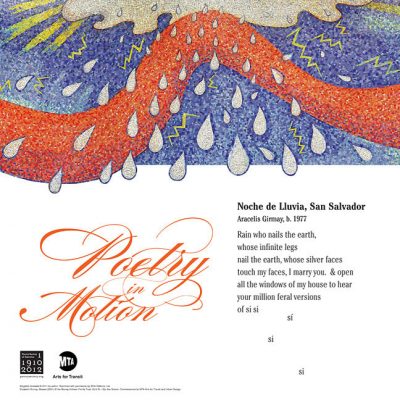Description
Merkin Concert Hall, New York City
New York Festival of Song: Paul Appleby, tenor and Steven Blier, piano
For this cycle, Harold Meltzer has chosen three of Wright’s Ohio poems and two set in Italy. They form a psychological biography of Wright, whom we meet in the first song longing for enlightenment and fulfillment in spite of all risk. In the second song, he seems to have found peace on the other side of the Atlantic, in Italy. But when he is there, he realizes that he has carried his sense of isolation with him to this beautiful, cultured land. As he contemplates the statue of a little marble boy in a church fountain, he projects his own loneliness onto the lifeless thing. In the third song, we have a flashback of him as a teenager in Martins Ferry—a kid who, instead of joining the baseball or football team, spends his summer sitting on a bridge contemplating his town’s sewage, brooding and seething in resentment. The fourth song brings us back to Italy, where the poet takes a walk to get away from “human faces.” As Wright cleverly describes the indigenous Mediterranean flora, he cannot help imbuing the trees with a haunting story of human entrapment. The cycle culminates with a return to the home he left many years ago, but now Wright sees it through a different perspective. He is entering the autumn of his life with the angst of his youth behind him. His resentment has abated, and he can empathize with the sad struggles of the people from “my home, my native country” as they gather for the high school homecoming football game. Wright’s voice is now full of compassion. It has been a rough journey, but his anger has transformed into generosity and forgiveness.
Harold Meltzer has created a musical world for Wright’s poems that is Stravinskian in gesture, almost impressionistic in color, transparent, shimmering, elusive, and abruptly soulful. Beautiful Ohio is built around a distinctive motif that functions both as melody and harmony: a seventh chord that also includes the note that resolves that seventh chord. In the key of C Major, the notes are G-B-C-D-F. Sometimes he uses this strange chord in the piano, sometimes he gives it to the singer. The most obvious spot to catch it is on the second page of the first song, at the words “It is everything, the wet green stalk of the field,” where Meltzer uses it both in the piano and the vocal line. The chord has a strange eloquence. Dominant seventh chords usually lead incisively to their resolution; but by including the resolution in the chord, the composer suddenly casts doubt and indetermination into what is a normally an unequivocal gesture. The pervasiveness of this motif lends Beautiful Ohio an atmosphere of yearning and questioning.
— The New York Times
“haunting beauty and profound alienation”
— qmetropolis
“the clarity is stunning”
— [Q]onStage
- Mary 4 and 6, 2010: Paul Appleby, tenor and Steven Blier, piano, New York Festival of Song, Merkin Concert Hall, New York City
- April 17, 2011: Gregory Zavracky, tenor and Claire Lin, piano, Tsai Performance Center, Boston University, Massachusetts
- September 11, 2011: Paul Appleby, tenor and Thomas Sauer, piano, Music After marathon, Joyce Soho, New York City
- September 22, 2012: Paul Appleby, tenor and Thomas Sauer, piano, Vassar College Modfest, Poughkeepsie, New York
- March 23, 2012: Paul Appleby, tenor and Natalia Katyukova, piano, Bruno Walter Auditorium, New York City Public Library for the Performing Arts
- April 24, 2012: Kyle Bielfield, tenor and Thomas Sauer, piano, NYFOS Next, Mary Flagler Cary Hall, DiMenna Center for Classical Music, New York City (songs 1, 3, and 5)
- January 15, 2014: Dominic Armstrong, tenor and Thomas Sauer, piano, Opera America’s New Works Forum, Henry’s Restaurant, New York City (songs 1-3)
- October 28, 2016: Paul Appleby, tenor and Natalia Katyukova, piano, Bargemusic, Brooklyn, New York







Reviews
There are no reviews yet.